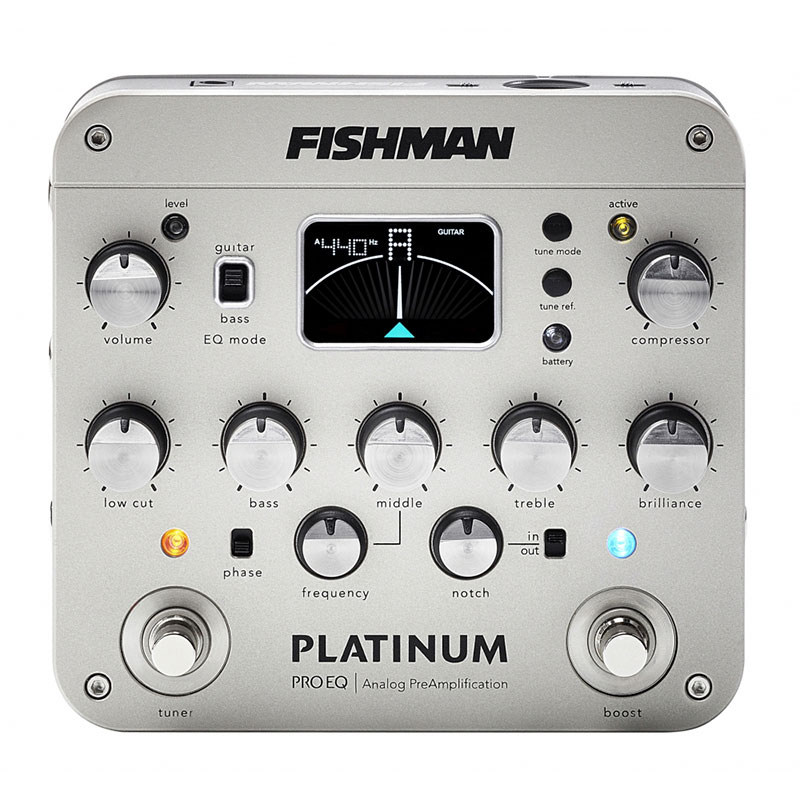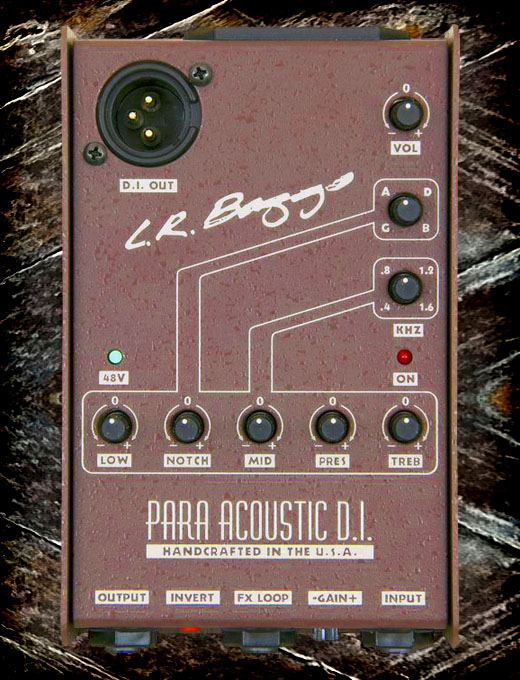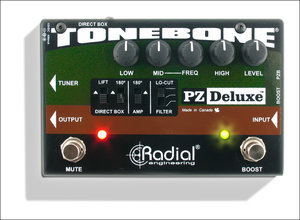What is a Pre Amplifier?
“Pre Amps” are always being spoken about in connection with amplifying violins.
It is important to understand what function they perform as part of your system.
“Pre Amps” are mysterious, often miss-understood and therefore miss-used. The reason for the confusion is that the title “Pre Amp” is often generically used to describe a box of tricks that provides many functions, the pre amp being just one. Here is a typical, but not exhaustive, list of functions built into many popular “Pre Amps”.
Buffer Amplifier – Impedance matching circuit.
Pre Amplifier
Frequency Equalisation
Harmonic Enhancement
Effects loop
Direct Injection (DI)
The sole function of the pre amp stage is to increase the signal from a transducer (pick up or microphone) to a standard level know as “Line Level”. It is often said that a particular pick up does not need a pre amp. This is a false statement. At some point in any set up your signal must be raised to line level. For microphones in live sound engineering this is typically done at the mixing desk as the first stage of the channel strip.
So why can’t we just plug everything straight into the desk?
The simple answer is that all signals are not equal – far from it. I use the analogy of a water tap. If the water is the signal then it varies from just a drip to a deluge. To raise pressure against this flow with your hand will require a different amount of force from just getting close to the deluge to almost completely stopping the drip…. This is impedance matching (sort of) and is performed by the buffer amplifier.
Most violin transducers are piezo based (not Pizza Base) these devices produce a drip of a signal and require very high impedance matching circuits, this is the most important stage of any “pre amp” that you chose to use, and should ideally be designed to suit the individual transducer.
Once all signals are at line level they are mixed and sent to the power amplifiers to drive the speakers – simple, because this can now be done with industry standard equipment.
So what “pre amp” do you need? Well you certainly need one and it is best placed as close to the transducer as possible, the drip can't travel far before becoming just a "damp squib", and must be the first stage of your system. The simplest solution is to have it built into the violin and matched to your transducer. This need not be expensive, the cost of most “Pre Amps” comprises of a fancy case and most of the additional functions listed above, many of which may just be duplicating other equipment in your system. Selecting or designing a pre amp is not something a violinist should be doing, you would not expect an electronics engineer to play Orange Blossom Special on the fiddle, although I’m sure one or two can.
I hope this helps clarify what can be a very technical subject.
Richard Roberts
Sonic Violins



